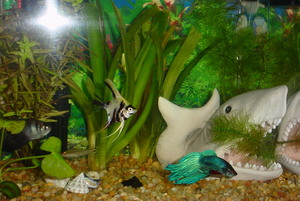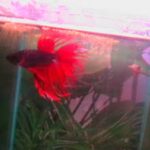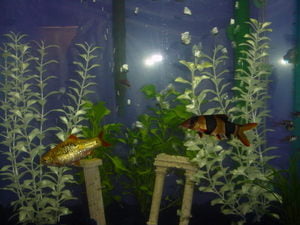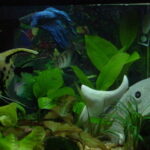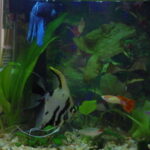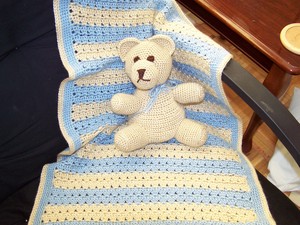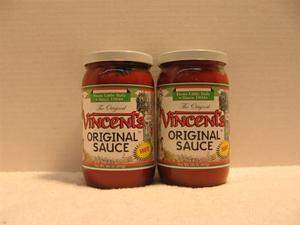A tropical aquarium can be the source of beauty and fun for almost any household. You will need about an hour every two weeks for cleaning and maintenance, and just a few seconds twice a day to feed your fish.
Tank Size for Beginners
If you have been doing some reading about getting started with tropical fish, you may be getting conflicting advice regarding the size of the tank you chose to get started. Some will say just start with a small tank because it doesn’t take up much space and it is less costly.
Then there’s the other side of the coin. If you start with a small tank, any changes to the water quality will be potentially quite detrimental. This is because there is obviously less water in a small tank, if there is a change to the ph or ammonia levels, it will not get diluted throughout may gallons like it will in a larger tank. Therefore, the fish will be affected by it much faster and may be harmed as a result.
If you select a larger tank, any changes to the water quality will be spread out and diluted throughout many more gallons of water. Also, beginners tend to over feed their fish, so any leftover food will have a lesser affect as well. They also tend to over crowd the tank a bit with too many fish. Again, this will affect the water quality more in a smaller tank.
The best advice I can give on this on is get the biggest tank you can afford and have space for. You don’t have to go over the top, but you will probably want to start with a 15 to 20 gallon fish tank. Don’t forget, once you get the bug, you are going to see all sorts of decorations and fish that you just have to have! It will be less expensive to start with a decent size tank than it will be to buy another one when you outgrow the first.
The Nitrogen Cycle
I won’t go into details here about the Nitrogen cycle. Suffice it to say that any new aquarium must age a bit. When you first put fish into a new aquarium, they excrete ammonia. The water needs to build up beneficial bacteria and chemicals by cycling through for a couple of weeks. When you get your tank all set up, just add one or two fish. Don’t spend a whole lot of money on these guys as they are testing the water for you. The water may get cloudy for a couple of days. Don’t worry, this is just part of the cycling effect and it will clear shortly.
Testing the Water
Once your new fish tank is set up, you will have to test the water on a regular basis. Get yourself a good test kit for ph and ammonia levels. Certain fish like different ph levels. A good rule of thumb for beginners is to get community fish which will tolerate a middle of the road ph level of 7.0. This means the water is not too acidic nor too alkaline.
Be sure to test the ammonia levels often in a new tank. As the water ages and builds up good bacteria, ammonia levels will stabilize. Tropical fish excrete ammonia, so check this daily at first. You can buy chemicals which will help remove ammonia, and which will raise or lower ph levels.
Deciding on a Set Up
You may want to buy a complete set up for your first tropical fish tank. This will come with a filter which is appropriate for the size of the tank, some decorations, some food, may be a vacuum for the rocks, and perhaps an airstone. Again, you don’t have to break the bank here. But it is probably a good idea to but good quality so that you won’t have to upgrade later. Make sure to ask for lots of help when purchasing. Pet people are usually friendly and want to see the fish in good hands!
You may want to add an airstone. This is a stone which connect to an air hose and produces those beautiful bubbles. You will also need a pump for this. A complete set up may come with this. Otherwise, your filter may produce enough air in the water. Different filters will have different effects.
Setting Up Your New Aquarium
You’ll want to do this when you have plenty of time. Recently, I bought a new tank and set it up only to find out that the tank leaked. Unfortunately, it was about 2:00 am and I have to dismantle the whole thing.
Add rocks to the bottom and then add in some water carefully. Be sure to treat the water with a good chlorine-removing additive. This is very inexpensive to purchase at your local pet store. Chlorine is poison to fish (and so is soap – don’t use it on anything fish related), so this is very important. You may want to set a small plate on the bottom as you pour in the water so you do not disturb any rocks. Fill up about a quarter of your new aquarium. Then comes the fun part. Adding the decorations. Add in the plants, caves, etc. and get them positioned just right. When you are pleased, you can fill the rest of the tank. Set up the filter and get that running as well. Make sure you give everything a good rinse before adding it to the fish tank.
Adding Fish
Once you have the tank all set up and running you can go buy one or two fish. The tank won’t start cycling until you add fish. As a beginner, you will probably want to pick out community fish. These are fish who will get along with each other and won’t pick on anybody else. Remember fish eat other fish in the wild. That’s the way it is. So pick out one or two inexpensive fish to get started. Community fish will like a 7.0 ph level and will get along nicely.
Feeding
A common problem with beginners is overfeeding. You will want to feed your fish twice a day. Just a pinch of food. Especially at the beginning. Feed only enough for them to eat in about two minutes. Overfeeding will result in poor water quality and rotting food at the bottom of your aquarium.
Aquarium Maintenance
You will want to check the direction on your filter for how often you replace the media. It is important to keep every thing updated for the health of your fish. Usually, you will replace filter media every couple of weeks or so.
Also, you will ant to buy a vacuum. Yes – a vacuum. This is a tube and hose which when pumped up and down in the tank will siphon out the dirt that settles down into the rock. It won’t be expensive and it’s easy to do. You’ll probably want to do this every couple of weeks to a month. You will also need a bucket for the water to siphon out in to.
Relax and Enjoy
Now that your tropical fish tank is started, you can relax and enjoy it. It can be very soothing to listen to the bubbles and watch the fish. You may also find it enjoyable to watch the antics of some fish. Each has their own personality.
I hope you have years of enjoyment from your new aquarium. Just a little maintenance and good sense and you will have a beautiful tank for years to come!
